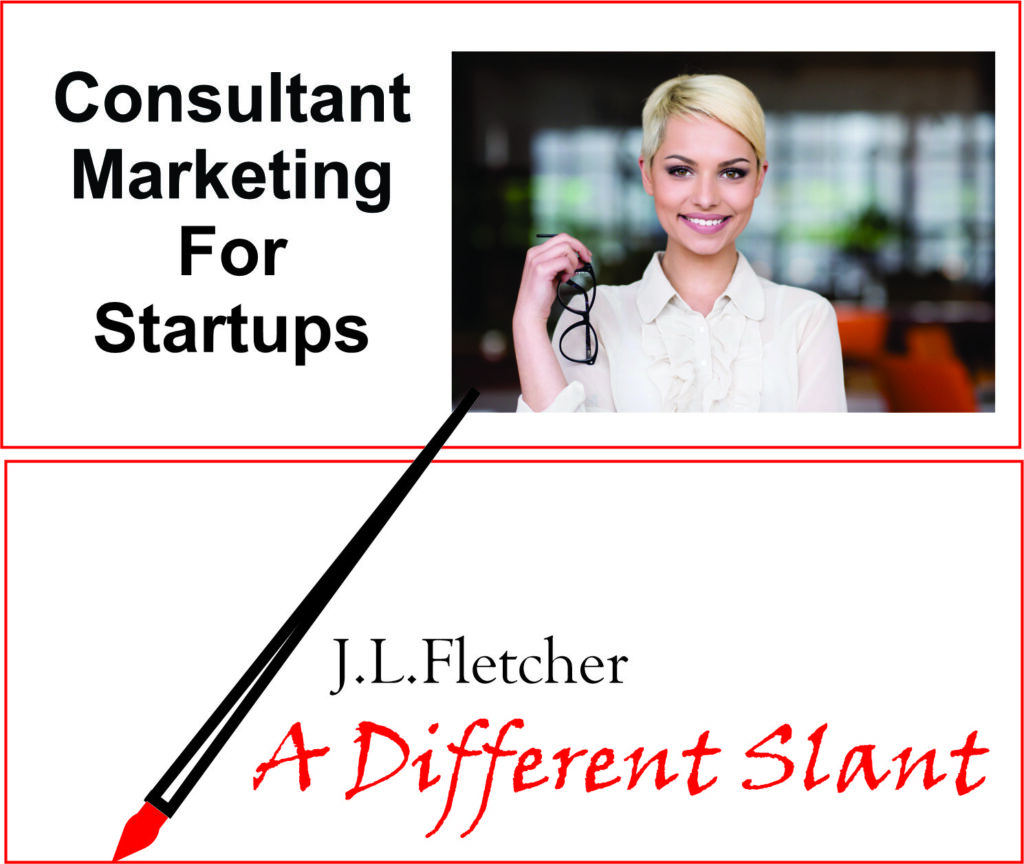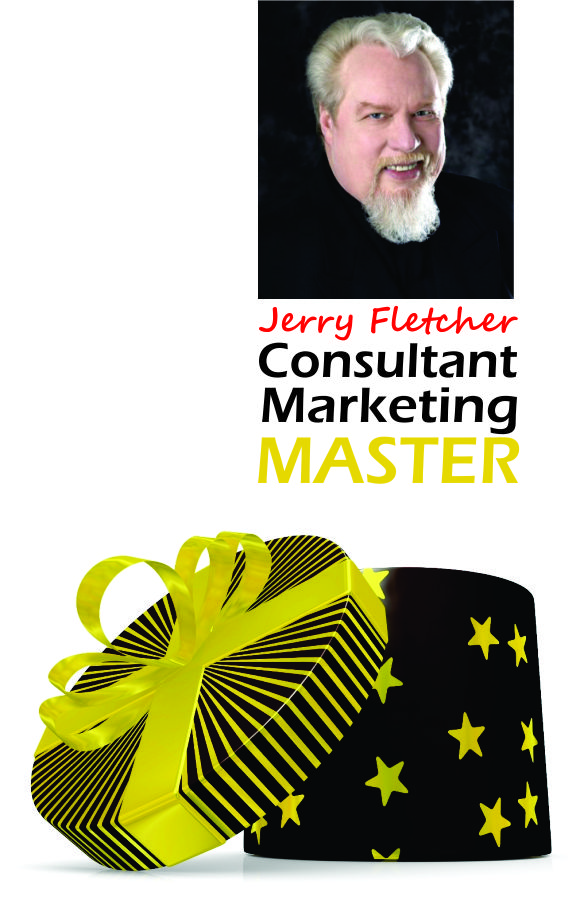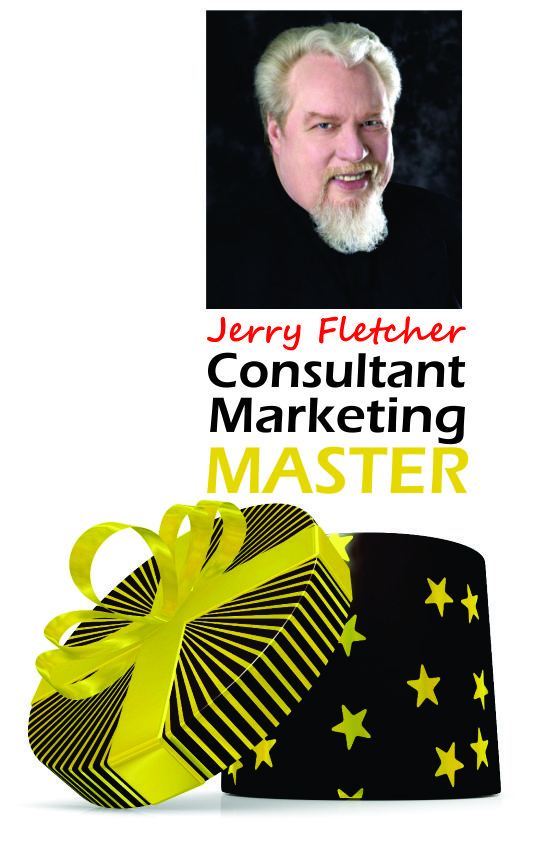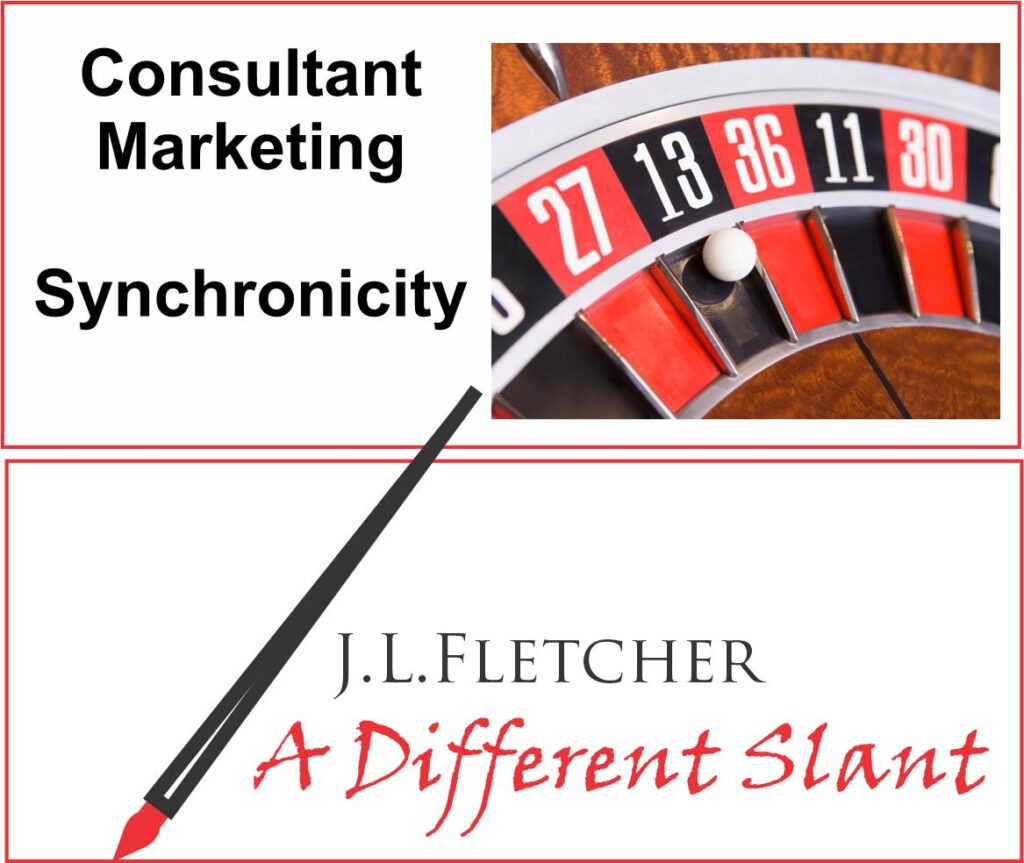
It is Friday the 13th as I write this.
That has always been a lucky day for me. And this week has proven positive as well.
Monday, I attended my local NSA chapter monthly meeting. Virtually, of course.
One of our speakers was talking about interactive activities that could be used working virtually and taking advantage of the breakout room capability available in Zoom and other virtual meeting tools.
Rant, he said.
And rant a couple of us did. The exercise is to have someone in the meeting rant for one minute, uninterrupted, about a subject of their choice. If you haven’t thought about the subject, I guarantee you will run out of things to say quickly.
On the other hand, if you are really into a subject, if you are passionate about it, you can go on for quite a while. And you will find that you can expand on the key elements of your beliefs quite easily.
The exercise is intended to open up a closer understanding of the people “in the room” and to build engagement. It works. But more importantly it is a way for you to determine just how “into” a subject you are. It is way to fix powerful emotions on an issue in your mind. Your fervor will make you more convincing. Every time.
What Is Your Soapbox Stand?
That was the title of a blog from a Canadian Consultant friend, Charlene Norman. In it she discussed her reaction to finding a would-be local politician behind the knock on her door. She asked him, “Why should I consider you?“
That simple phrase means a lot more. It is precisely the same string of questions each one of us must answer every time we bump into a prospect:
- Are you like me?
- Are your values close to mine?
- Are you going to fix MY problem or make MY life better?
- Can I trust that you will do what you say?
- How long will it take you to deliver what you say?
- How much of my time do you expect from me?
Hang on. Here comes the synchronicity.
As Charlene says, “One superb way to hold attention is to take a stand. What is the one thing you could spend hours talking about on a soapbox in a public square? (I am not expecting you to actually do it. I am hoping you can imagine ‘what if I could.’)
I very much doubt you can talk all day about the product or service you sell. I highly doubt you can wax poetic for more than 10 minutes about all the ways you deliver fantastic customer service. And I know you can’t fill more than maybe an hour with tales about your experience, your years of service and your fabulous team.”
“Every consultant has a branding problem…You gotta move
from Nobody to Somebody and do it in just 3 seconds!”
To be memorable you take a stand.
Taking a stand makes you both more vulnerable and more respected. The immediate change is that you have a brand impact in 3 seconds or less. Your opening words in a self-introduction can make all the difference! You stand out from your competition. And people want to engage you in conversation if they think you have a point. You also, very quickly, determine if you and the prospect are compatible.
If you are any kind of independent professional taking a stand will pay dividends for you. Clients searching for trusted advisors gravitate to truth tellers. Elite clients want to work with thought leaders.
The truth of the matter is:
“Controversial gets you heard… Proof gets you hired.”
It is all a matter of being seen, heard and, in the final analysis, trusted. We trust those who are consistent and make us think. We find them unforgettable and consider them indispensable.
And so it goes.
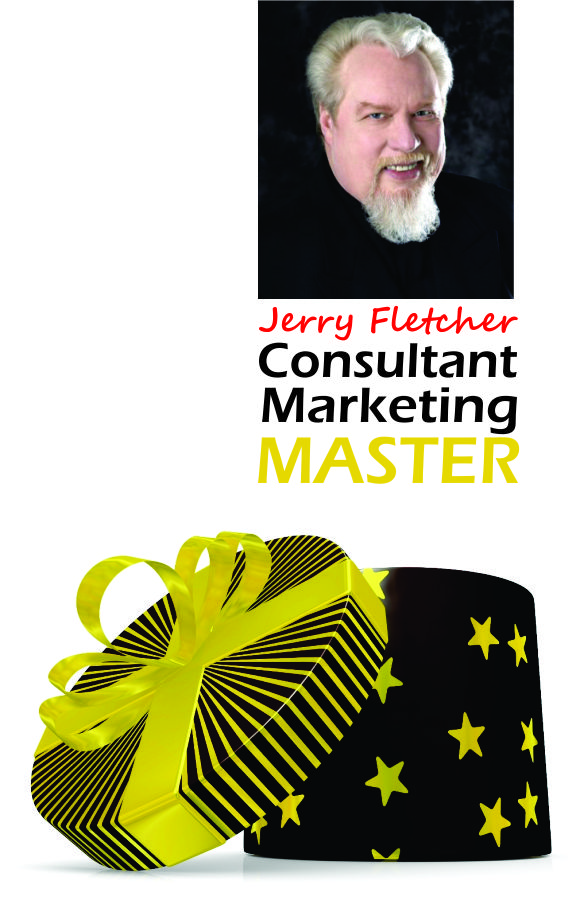
Jerry Fletcher is a sought-after International Speaker, a beBee ambassador, founder and CEO of Z-axis Marketing, Inc.
His consulting practice, founded in 1990, is known for crafting on and off-line Trust-based Consultant Marketing advice that builds businesses, brands and lives of joy.
Consulting: www.JerryFletcher.com Sign up here for the Newslog!
Speaking: www.NetworkingNinja.com


